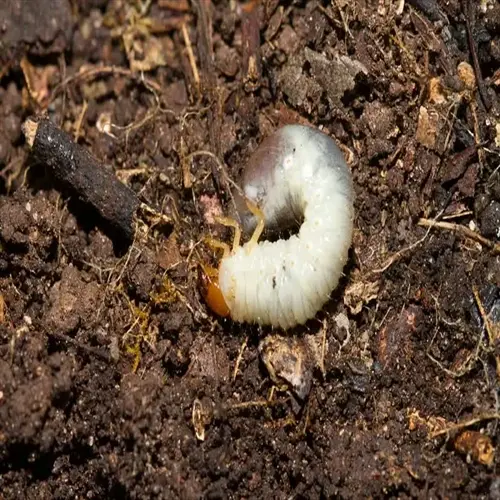What should landowners do when discovering invasives?

Written by
Olivia Mitchell
Reviewed by
Prof. Samuel Fitzgerald, Ph.D.Landowners finding invasive species must act quickly to check the spread and comply with laws. Action taken quickly checks the danger before it can spread. Lay avoids the possibility of legal difficulties and helps protect his property value. The first step in controlling the plant, therefore, is to identify it properly and report the findings in the proper form.
Identification & Documentation
- Use verified apps like iNaturalist for species confirmation
- Take geotagged photos showing key features and infestation scale
- Record observation date and weather conditions
- Compare with regional invasive species lists
Containment Protocols
- Establish 30-foot perimeter barriers around infestation
- Mark boundaries with high-visibility tape
- Clean tools and footwear before leaving the area
- Restrict access to prevent accidental spread
Professional consultation ensures effective management methods. Trained managers objectively evaluate the extent of infestation and suggest treatment. They know which permits you must obtain for classified treatments. Your investment in pest control enables you to avoid costly mistakes that can result from do-it-yourself methods, which can actually aggravate the situation.
Limiting the spread of pests during assessment is achieved through containment measures. Set physical barriers around the perimeter of the infestation. Use designated lanes to translocate seed. Clean thoroughly before leaving the locus of infestation. These measures serve to prevent accidental translocation to non-infested parts of the property.
Follow-up monitoring will help prevent reinfestation after treatment. Schedule follow-up inspections quarterly for three (3) years. Take note of the recovery of native species. Management interventions should be made based on observations of the regrowth of target weed species. Your ongoing oversight is the key to long-term success and protecting your investment in your landscape.
Read the full article: Invasive Species Control: Ultimate Management Guide

